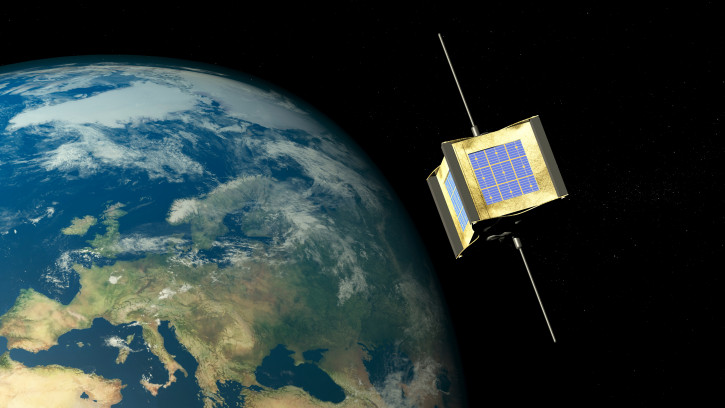Researchers at Robinson Research Institute along with partners from the University of Auckland and University of Canterbury are currently working to develop new electric propulsion thrusters for small satellites. Unlike current chemical propulsion systems which burn fuel to accelerate, electric propulsion thrusters are powered by solar cells, meaning that energy will be captured while in flight. The thrusters will use high temperature superconducting (HTS) technology, so the weight of the thruster will be significantly lighter compared with copper coils used in other technologies that generate electricity. HTS also enables the thruster to be significantly more efficient, generating high thrust and longer life performance.
Aiming to find out how far the thrusters can be scaled, the team began a five-year development programme funded by the Ministry of Business, Innovation and Employment (MBIE), which will see the thruster go into space in 2025.
Wellington UniVentures’ Senior Commercialisation Manager, Nicole van der Laak has been working closely with the Robinson team over the last two years to construct the technology proposition and define the commercial development pathway to take the tech to market.


